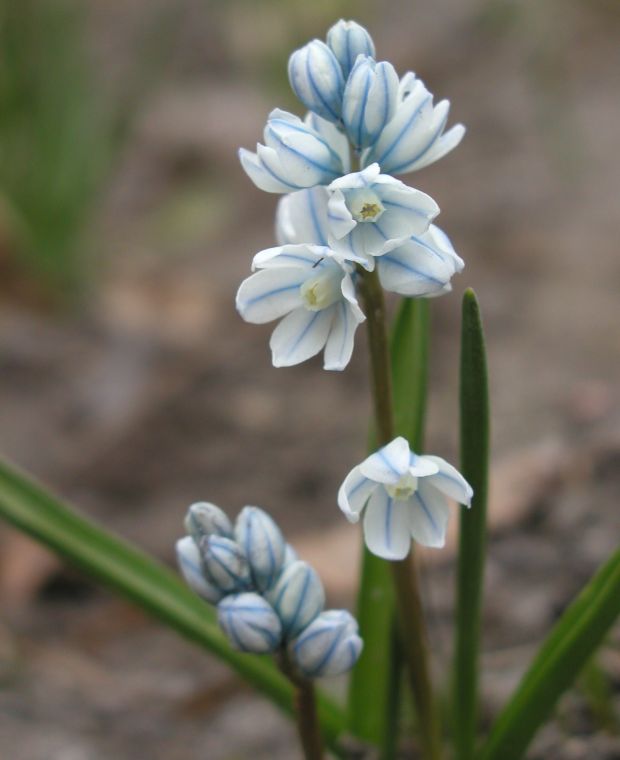Puschkinia scilloides var. libanotica
Common name: Russian Snowdrop, Striped Squill
You will add a splash of colour to your garden with this unique, blue-flowered beauty.
-15 to -20°C
Good Cut Flowers
Scented
Good for Pollinators
Free UK Delivery on orders of £85
No Quibble Guarantee






 Planting Month
Planting Month 